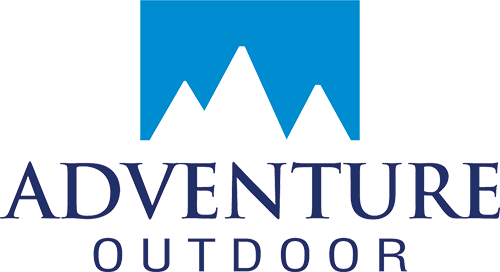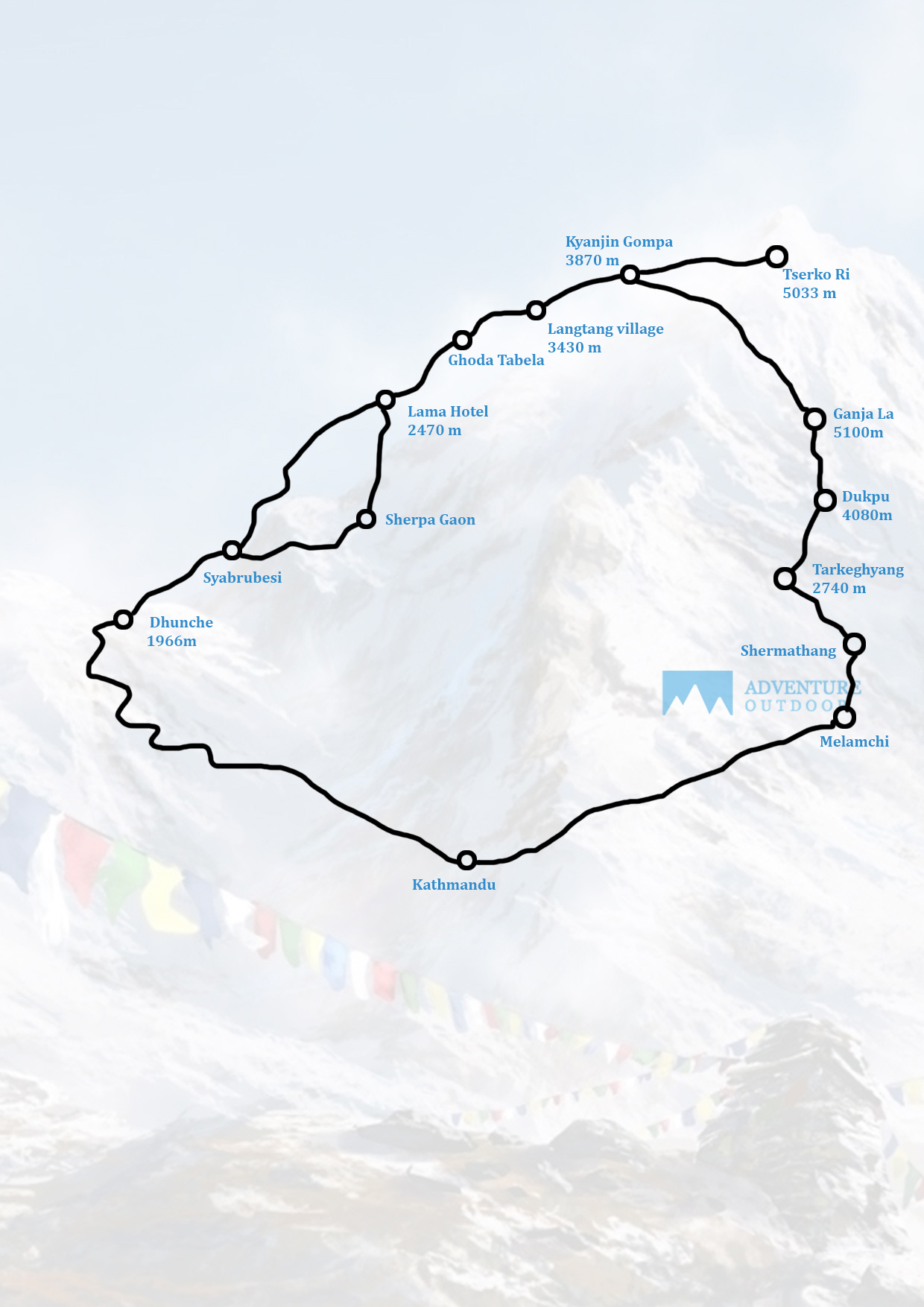Ganjala Pass in the Langtang region is renowned as one of Nepal’s most challenging mountain passes. Situated at an elevation of 5,160 meters, it requires careful navigation, especially during winter when snow obstructs the trail. The final few hundred meters are particularly treacherous. Descending from the pass involves negotiating a steep slope for over a kilometer, demanding utmost attention.
While the rest of the trail is relatively straightforward and comfortable, it’s essential to be well-prepared. There are no hotels or settlements along the route for three days, so trekkers must carry sufficient food. Only organized camping treks are feasible in this remote area.
After conquering the Ganjala Pass, the trail leads to Malemchi Gaon, Tarke Ghyang, and eventually descends to Melamchi Khola. From there, trekkers return to Kathmandu via Sundarijal.
The Langtang Ganja La Pass trek is not for the faint-hearted. It demands specialized climbing skills and equipment. Despite its difficulty, it remains popular among tourists seeking a truly wild and adventurous experience. Along the way, you’ll encounter Tibetan and Tamang villages, as well as breathtaking snow-capped peaks. Kyanjin Gompa, a small Tibetan community, offers a glimpse into the simplicity of Tibetan culture.




